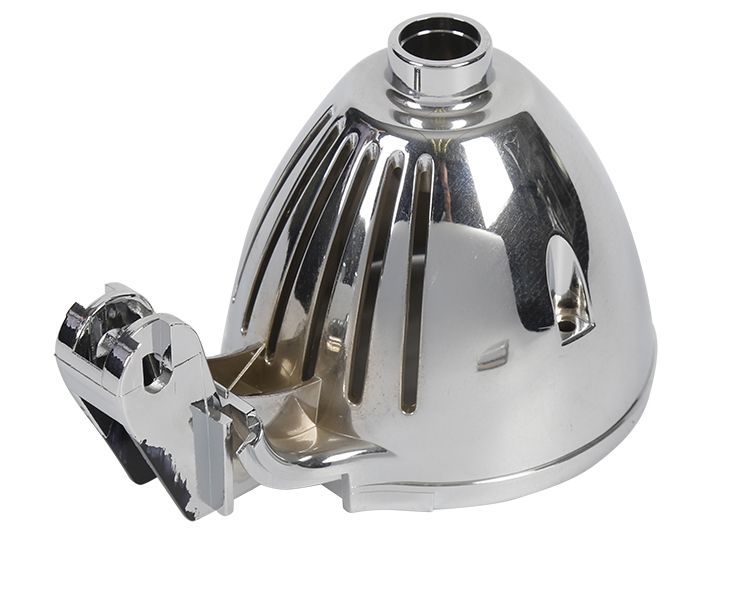The structure of the hanger is generally relatively simple, consisting of five parts: a hook, a lifting rod, the main rod, a support rod, and a hook.
The hook is an excellent connection structure between the hanger and the hanger. It transmits current to the hanger and parts during electroplating. Therefore, it must be made of materials with good electrical conductivity. The hook and the pole should maintain a large contact surface and a good contact state to ensure the smooth passage of the current. Its cross-sectional area is equivalent to the same cross-sectional area of the main rod material of the hanger. The hook has to bear the full quality of the hanger and the plated parts, so it requires sufficient mechanical strength. The hook and the main rod are usually made of the same material. The two can be made into one piece, or they can be made separately. It is connected to the pole by brazing or other methods and the hanger. For hangers made of steel or aluminum alloy, the hooks are generally made of copper or brass, and the connection methods can be riveted and welded. Its size should be designed according to the diameter of the cathode rod so that the hanger is easy to operate when hanging and taking off.
The lifting rod is located on the upper part of the main rod and is perpendicular to the main rod, and is connected with the main rod by welding. When the hanger is hung in the plating tank, the position of the lifting rod should be about 80 mm higher than the liquid level. Use the lever to extract the hanger during operation. It should have sufficient mechanical strength, and the cross-sectional area is generally the same as or slightly larger than that of the strut. The main rod supports the weight of the entire hanger and the hanging parts and transmits current to each support rod and parts through the main rod. The material of the main rod is generally made of brass rods of φ(6-8) mm. The support rod is usually fixed on the main rod by welding and bears the weight of the hanging parts during operation.
Hooks are generally welded to the struts, and sometimes to the main rod, to hang or clamp parts. The material is generally steel wire, and phosphor bronze wire.
The distribution density of hooks on the hanger should be appropriate. Most surfaces or important surfaces of the parts on the hanger should be able to face the anode and avoid overlapping. Generally, the interval between small and medium-sized plating parts is (15-30) mm, and the interval between cup-shaped plating parts is generally 1.5 times the diameter.
Plastic electroplating – the structure of electroplating hangers

